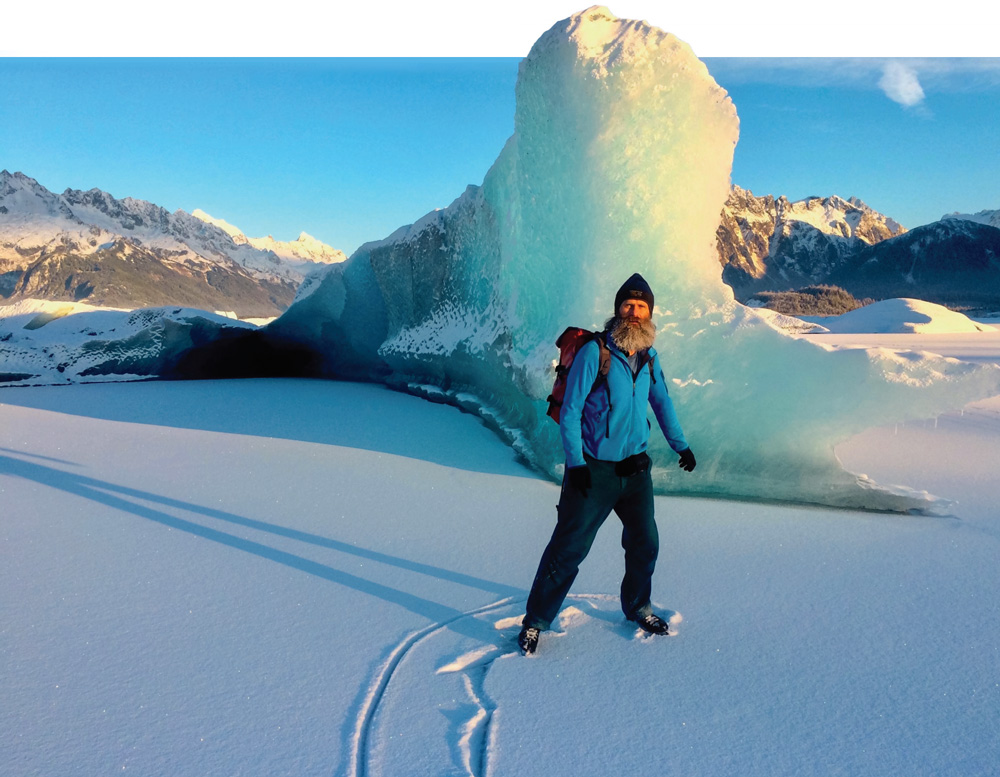THE ALLURE OF ALASKA’S BEAUTIFUL “FLIES”
Wolf of the north
THE SWIFT AND MYSTERIOUS DALL’S PORPOISE
Photographing the elusive aurora
A journey through one of the nation’s last wildernesses
Creative transportation experiments by early Alaskans
Labradors aid scientific research
WITH NOSES 10,000 TIMES SHARPER THAN A HUMAN’S, dogs have served to detect the missing, the dangerous, the unbidden
The traditional art of tattooing DESPITE TATTOO PARLORS IN ALMOST EVERY CITY and celebrities flashing chic subcutaneous designs, facial tattoos still carry a stigma—try landing a bank job, even suited up fancily, when you look like Ray Bradbury’s Illustrated Man. In the wake of Age of Enlightenment voyages into the South Paci fic, the practice reached Europe, where it has long been the domain of thugs, sailors, carnival freaks, biker gangs, and other “unsavory” folk. Some of the first New World encounters between pale faces and tattooed ones occurred along Bering Sea coastlines, during James Cook and Otto von Kotzebue’s expeditions. In Alaska, this visual language was ancient, known to Siberian Yupiit, Inupiat, Aleuts, Alutiit, Deg Hit’an, Gwich’in, Tlingit, and Haida. The earliest representation of a human face in the Arctic—a 3,600-year-old, Paleo-Eskimo carved-ivory maskette from Devon Island—has incised lines, a web of tattoos. Intrigued by fellow practitioners, expedition artists mostly…












